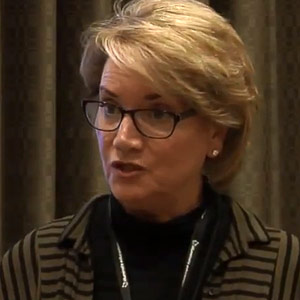Your team can solve riddles like these … with the right evidence
Choose a riddle
The right evidence requires the right tools
The right tools for analysis should … turn raw data into polished evidence so you can interpret it correctly and quickly … visualize patterns so you can work without mastering deep math skills … make comparisons to similar districts and schools possible so you can see where you stand … and help you persuade others so you can build agreement for those big decisions.

The right tools enable you to identify weak and strong spots
How are we doing at creating A-to-G classes in all core subjects?
Which districts or schools should we be compared to in order to see how we’re doing?
Combined with the right support
Learn how we work with you
There are just three steps. We’re with you for each one of them.

What makes our approach different?
Measurement is a science
We think about measurement differently. We think it’s based on the principles of psychometrics and statistics. Our team includes people who actually practice those professions. We make sure their knowledge guides all visual expressions of education data.
We trust your intelligence
Our job is to turn scientific measures into evidence educators can see, understand, think about and act upon. We don’t expect you to become scientists to do that. And we don’t believe you need us to simplify the evidence to red, yellow and green. We do believe you’re capable of interpreting complex evidence once we express it intelligently.
Conventional measures are often wrong
The interpretation of schools’ and districts’ vital signs is often wrong, especially when interpreting the progress of student learning. Browse our blog posts that explain the errors baked into the CDE’s Dashboard … the illogic of measuring ELs … the flaws in the foundations of accountability.
Visual evidence is what we build
In an era when everyone is counting everything about schools, you should be in command of what those numbers mean. We help you take command by building visual evidence that reveals patterns, so you can think about it without a calculator. And we enhance your power by making that visual evidence interactive.


